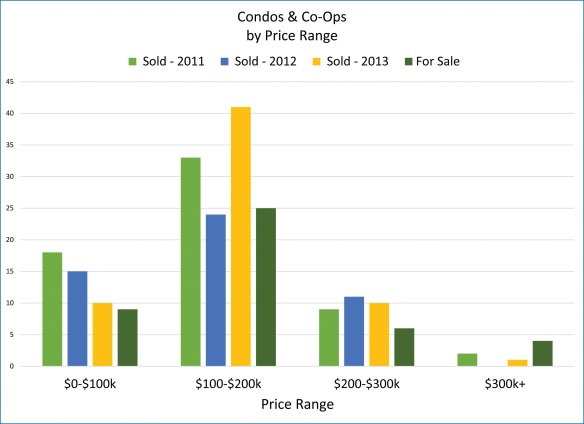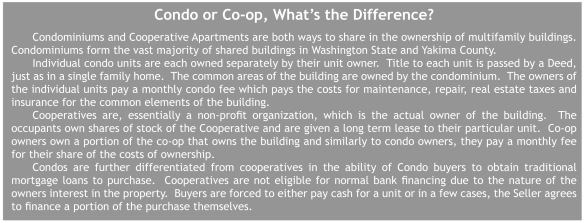
Sometimes you get stuck with a small room or one without much natural light, but that doesn’t mean you have to be stuck in the dark. There are lots of easy (and some not so easy) ways to lighten and brighten a dark room.
Walls
Painting the walls a lighter color can drastically change the appearance of a room. White is always an option, but light pastels can have the same effect without the starkness. Also consider using a satin gloss, which will reflect light, as opposed to a matte finish.
Floors
Most changes to floors are fairly significant, ranging from refinishing hardwood to installing lighter wall-to-wall carpet. When refinishing hardwood with a lighter stain, top it off with a high gloss to reflect light. You can also “lighten” the appearance of a dark hardwood floor with a pale-colored area rug.
Furniture
Dark furniture can really weigh a room down. Choose light fabrics and paint wooden furniture light colors. Also think about adding reflective surfaces to your furniture, like a mirrored table top.
Accents
Mirrors are your best bet for fighting darkness. Place them opposite a light source (a lamp or window) to maximize the amount of light reflected. Smaller items, like mirrored picture frames, reflect light as well.
Windows
Maximize the natural light coming in through windows. Keep the windows clean. Hang curtains higher and wider than the window frame so the entire window is exposed. Stay away from heavy drapes and thick blinds that block the light.
Lights Use light that is cast up and down, such as wall sconces and lamps with shades that open at the top and bottom. Aim for diffused light. Use walls and corners to reflect the light around the room.











